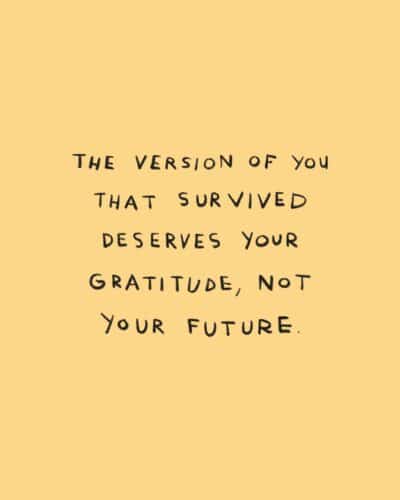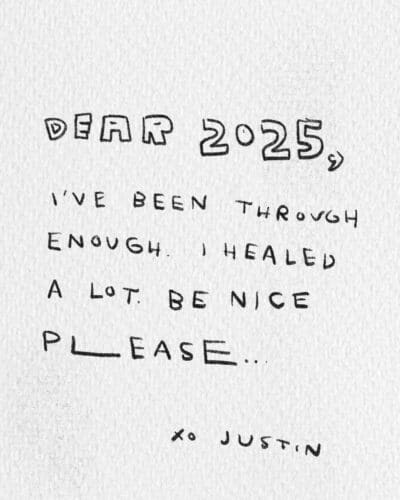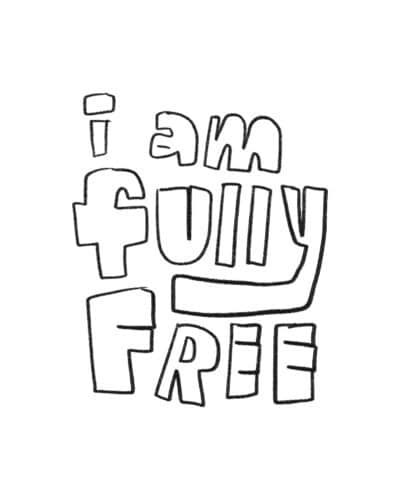
Today I am looking back on this year.
Celebrating the tiny victories.
Mourning every defeat.
And examining my heart and the spaces where there is still room to grow.
Journal Prompt:
What were the top 5 moments of this year? Why were these moments so special? How can you bring more of those moments into your life?



